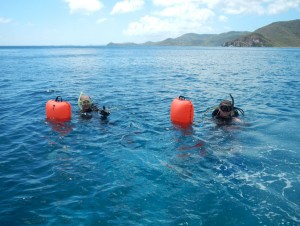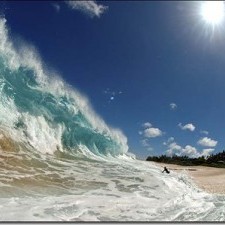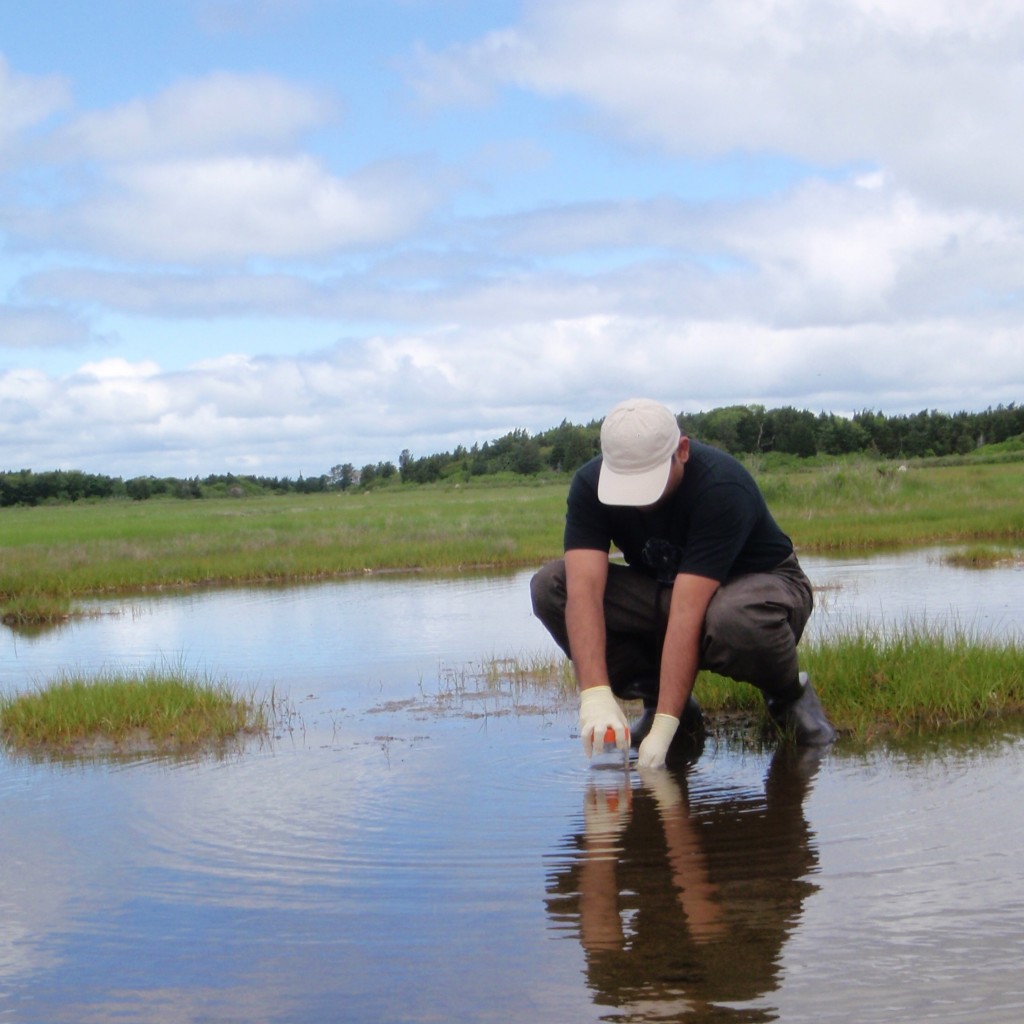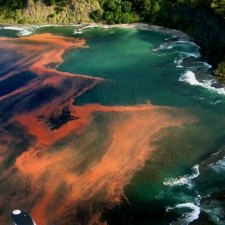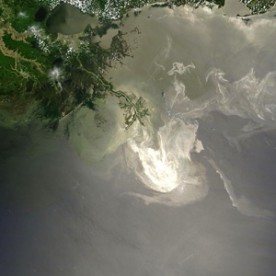The Coastal Oceans
Important, Productive, and Under Threat
Coastal oceans are important because they are extremely productive biologically—and because they are more directly affected by human activity than any other part of the ocean. Coastal oceans are the most fished, the most modified, and the most subject to natural and industrial disasters.
The coastal oceans and their fisheries are especially at risk from industrial and domestic pollution, leaking septic tanks, nutrient-laden runoff from land, habitat modification and resource extraction and exploration. With the growth of the human coastal zone population and greater demand for recreational and commercial uses of the shore, the coastal environment is increasingly threatened.
Unraveling the Complexity of Coastal Oceans
The coastal ocean region extends from just about the North Pole to the Antarctic continent. The coastal geometry is highly variable, from simple to complex, with varied capes, escarpments, estuaries, banks, shelf breaks, canyons, and seabed. The coastal region is forced by interactions with both local and remote oceanic and atmospheric circulation patterns, bottom and terrestrial landscape. Responses to forcing and internal dynamics generate a wide range of phenomena over a broad range of spatial and temporal scales.
Such coastal phenomena and features include waves, tides, circulation cells, currents, fronts, eddies, stratification, water masses, ice formation, turbulence, and mixing. All occur with varied strength in the diverse coastal ocean regions. It is this variability and complexity that renders the coastal ocean fascinating for fundamental dynamics research and challenging for prediction. Motivated by such challenges specific to the coastal oceans, many of us at MIT aim to advance ocean science and engineering.
The overarching issue of coastal oceanography is to understand, quantify, and predict this myriad of processes and phenomena and the exchanges between the coastal zones and the open ocean.
Key Questions We’re Exploring
- How does the increasing industrialization of coastal oceans affect marine ecosystems and, in turn, our ability to rely on the ocean for food?
- Why are coastal oceans so biologically productive?
- How will coastal oceans respond to climate change?
- Can we observe, quantify, and predict coastal circulation and mixing?

